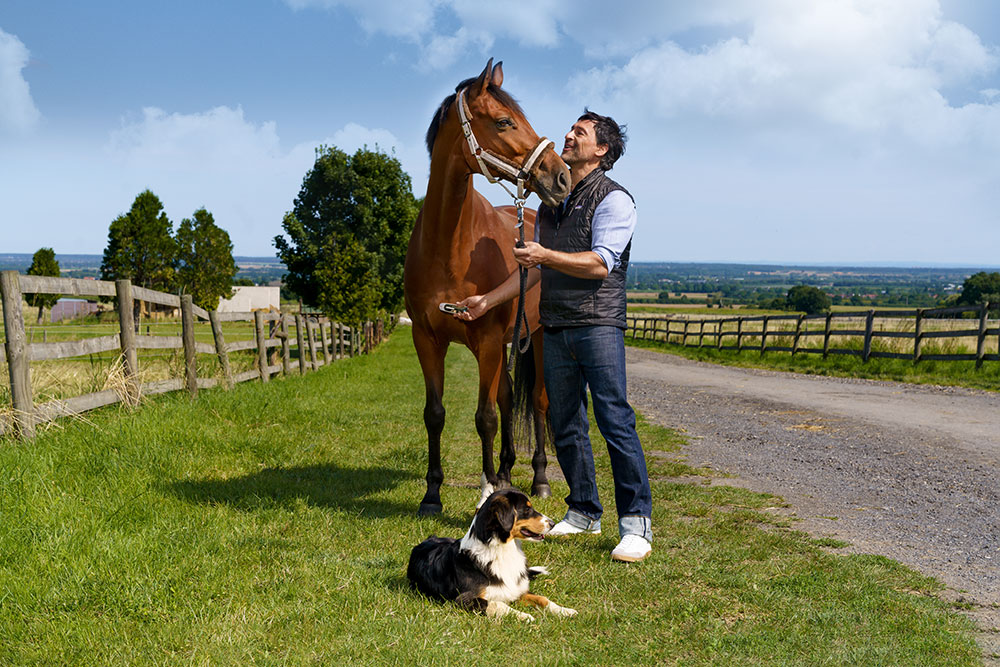ALLERGIES? SUPPORT THE IMMUNE SYSTEM IN ANIMALS!
Before we tell you about allergies in animals, let us first show you how you can significantly alleviate them. Because one thing is especially important to us: to demonstrate that it can be simpler and quicker than you might think. Ready? Here is our explanation.
Decoupling allergens in animals: vitalizing the Thymus Gland
You will need a small amount of the allergen – for example, grasses. This is the so-called “sample.”

Opinion of the animal therapist on decoupling allergens
Tanja Klawuhn has worked for years as a therapist in the animal field and has also
successfully applied the Beosigner® for allergies.
Allergies in animals
Animals can also show signs of allergies. As with humans, these are immune system malfunctions. A substance that is usually harmless is mistakenly classified as dangerous and attacked. Similar to humans, the number of affected animals is on the rise. One common countermeasure is: hyposensitization. Over a long period, the immune system is trained not to overreact. This is typically done through tablets, drops, or injections. "Long period" should be taken literally, with treatment often lasting up to three years. However, as shown earlier, it can be done more quickly. It is possible to correct the body's own response processes and reduce misregulations. An overactive immune system can thus be calmed.
Allergen from the environment or food intolerance?
The step-by-step guide provided is especially useful for your pet when dealing with allergens from the air or environment. By vitalizing the thymus gland, the triggers for allergies can be disconnected. However, food-related issues are also common, such as intolerances. What can you do in such cases? You can vitalize the food. We have summarized some helpful information on animal food in a separate subitem